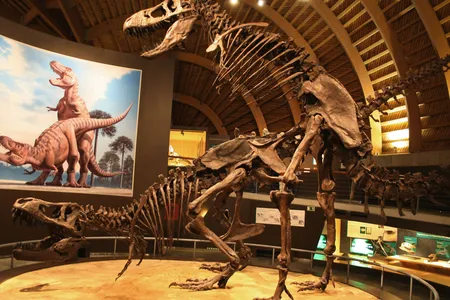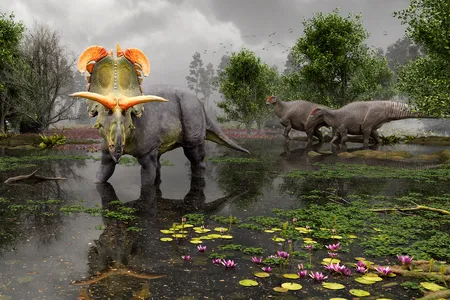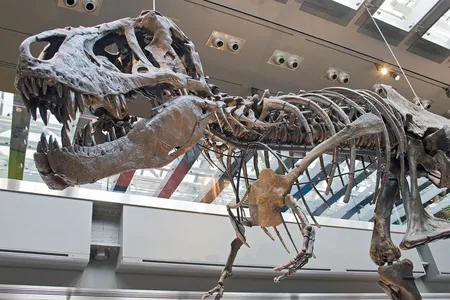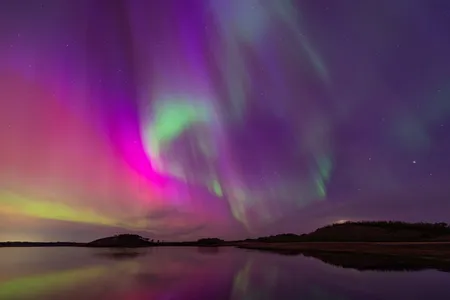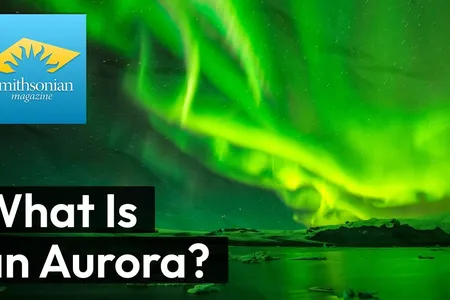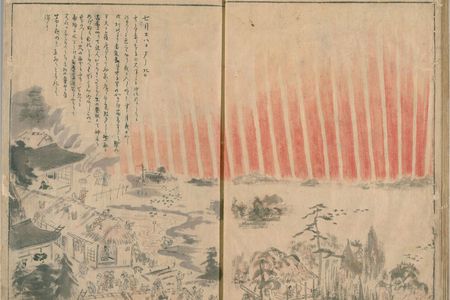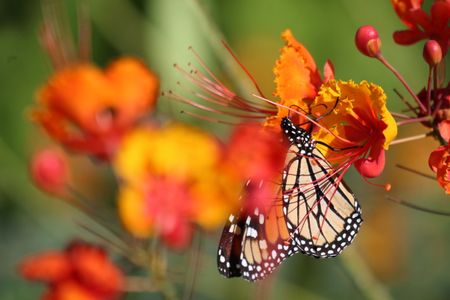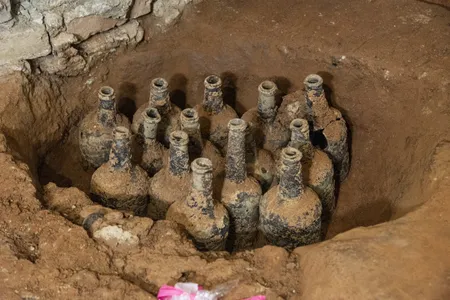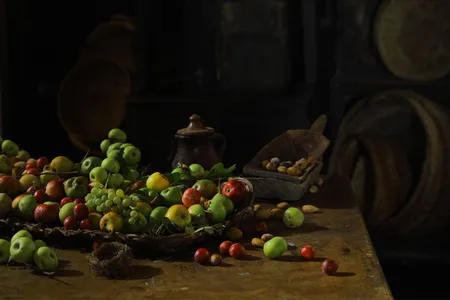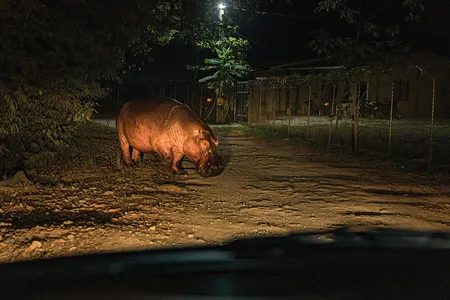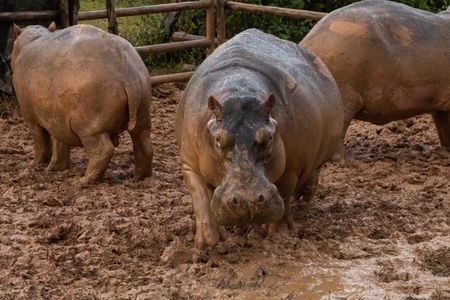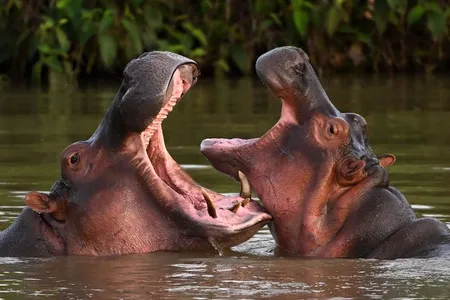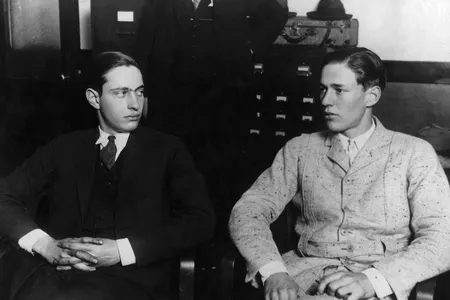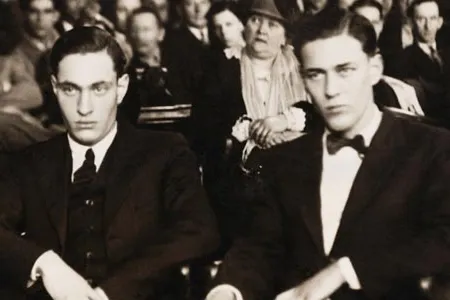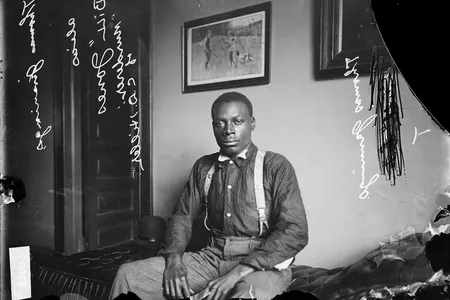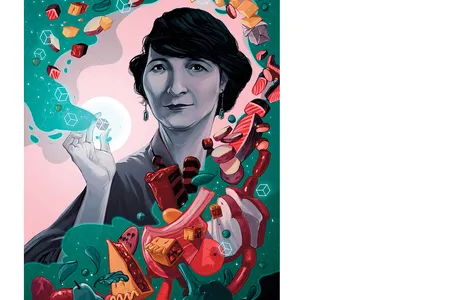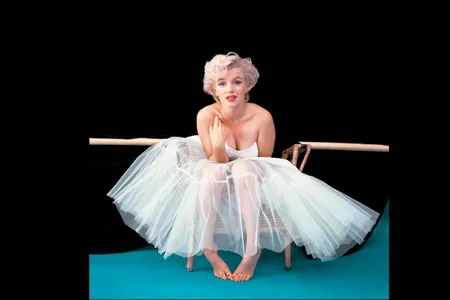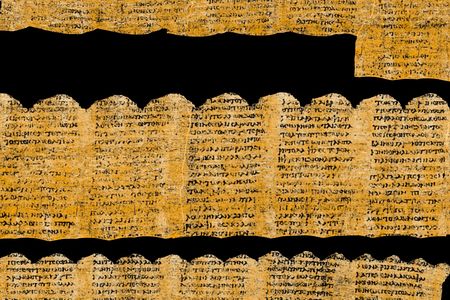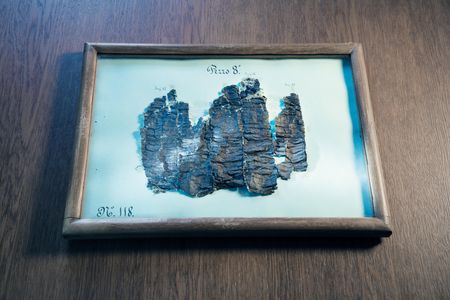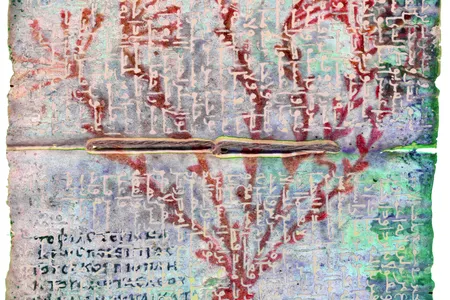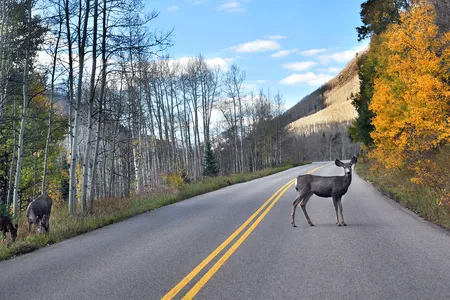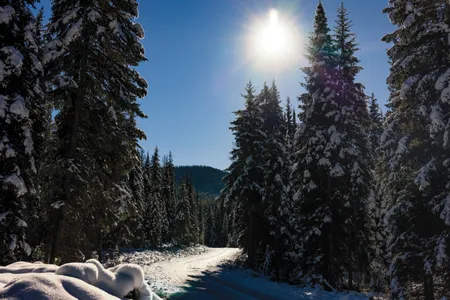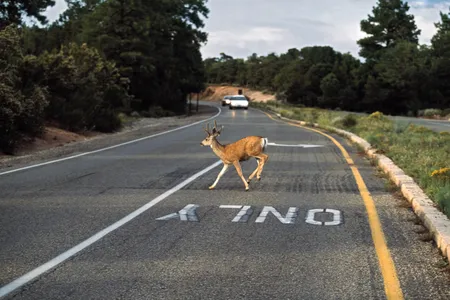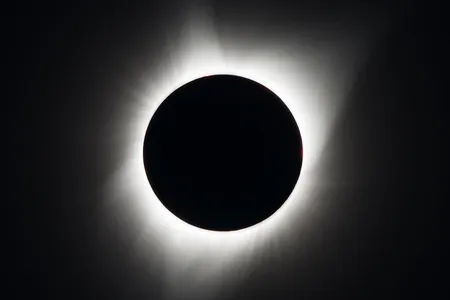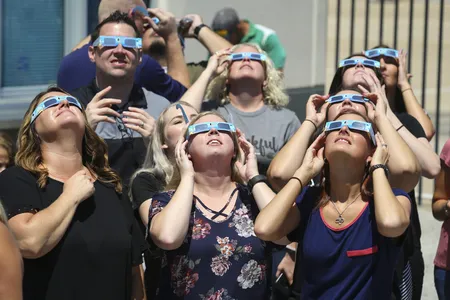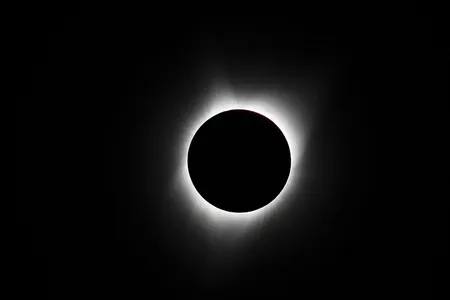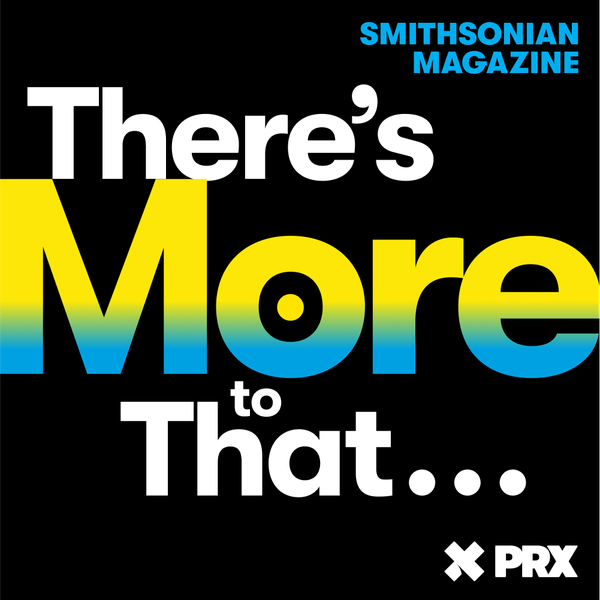
Smithsonian Podcast: There's More to That
Smithsonian magazine covers history, science and culture in the way only it can — through a lens on the world that is insightful and grounded in richly reported stories. In There’s More to That, meet the magazine’s journalists and hear how they discover the forces behind the biggest issues of our time.

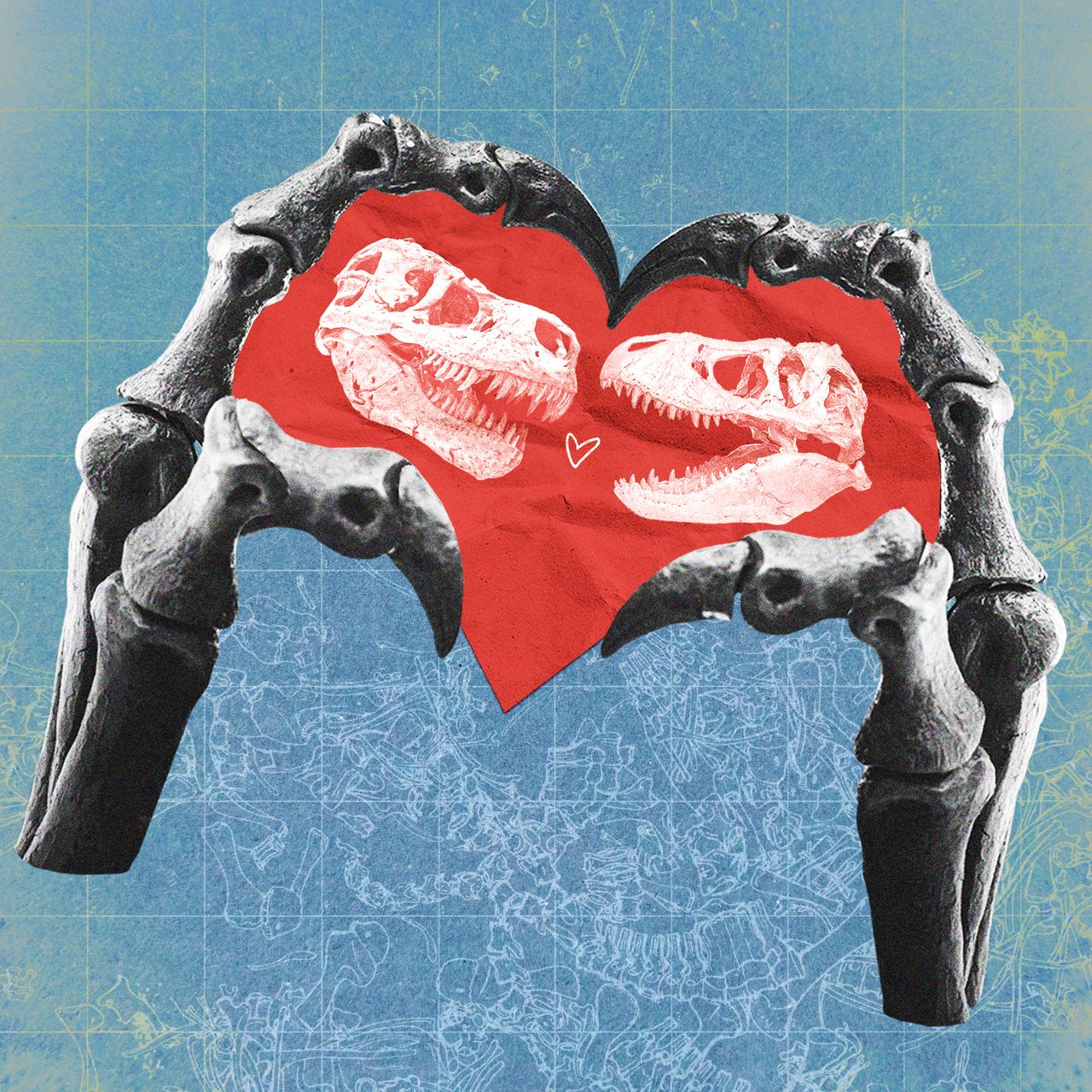
The Truth About the Sex Lives of Dinosaurs
Dinosaurs are often thought of as aggressors—giant beasts that dominated our planet for millions of years. But these prehistoric animals almost certainly had a softer side. In the last decade, researchers have gained tantalizing insights into the sex lives and mating habits of these ancient reptiles.
In this episode, Smithsonian contributing writer Riley Black describes new evidence that reveals how and when dinosaurs mated—including ancient behavior recorded in rock, a new theory around dinosaur horns and spikes, and a prehistoric cloaca.
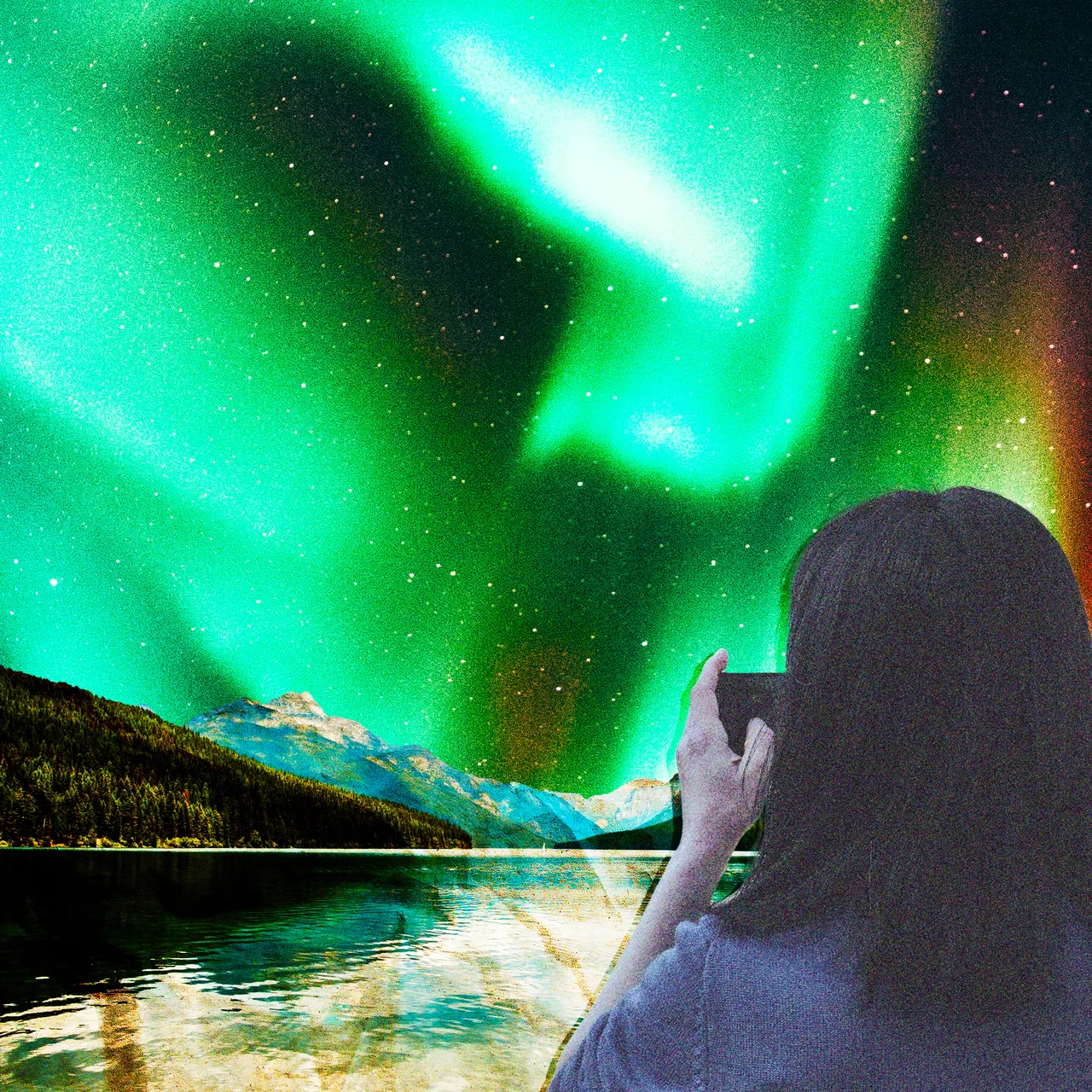
Why Auroras Are Suddenly Everywhere All at Once
For millennia, auroras have both enchanted and haunted human beings. Ancient lore is filled with myths attempting to explain what caused the celestial phenomenon. More recent historic documentation of auroras may even help us predict damaging solar storms in the future.
As we head into a year expected to bring the best northern lights in two decades, we consider the science behind auroras and why they are suddenly so plentiful—even in places that hardly qualify as northern.
In this episode, Jo Marchant, author of The Human Cosmos, and Smithsonian science editor Carlyn Kranking revel in auroras through the ages and explain how to view these dazzling displays yourself.
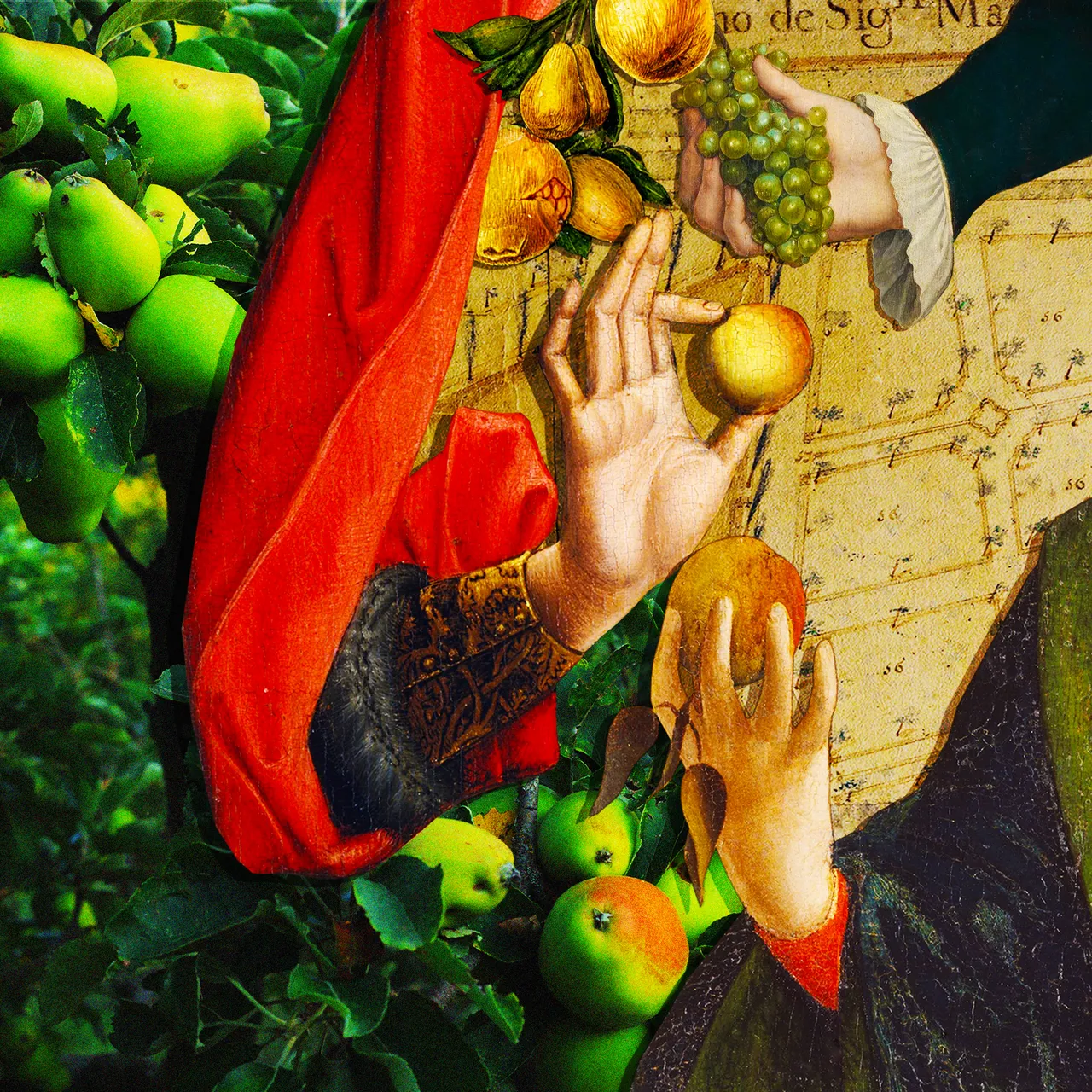
How to Use Renaissance Paintings to Improve the Farming of Tomorrow
An arboreal archaeologist roots around the Italian countryside and in centuries-old frescoes for a cornucopia of fruits long forgotten—but still viable to grow and consume
/https://tf-cmsv2-smithsonianmag-media.s3.amazonaws.com/filer_public/3d/c2/3dc23c07-7efb-4254-830f-45cab1968fb5/smithmag-podcast-s02-ep11-hippo-article.jpg)
The Wild Story of What Happened to Pablo Escobar’s Hungry, Hungry Hippos
Four decades ago, Pablo Escobar brought to his Medellín hideaway four hippopotamuses, the centerpieces of a menagerie that included llamas, cheetahs, lions, tigers, ostriches and other exotic fauna. After Colombian police shot Escobar dead in December 1993, veterinarians removed the animals—except the hippos, which were deemed too dangerous to approach. The hippos fled to the nearby Magdalena River and multiplied.
Today, the descendants of Escobar’s hippos are believed to number nearly 200. Their uncontrolled growth threatens the region’s fragile waterways. Smithsonian contributor Joshua Hammer joins us to recount this strange history and explain why Colombian conservationists have embarked upon an unusual program to sterilize these hippos in the wild via “invasive surgical castration,” a procedure that is, as he has written for Smithsonian magazine, “medically complicated, expensive and sometimes dangerous for hippos as well as for the people performing it.” Then, ecologist Rebecca Lewison tells us how her long-term study of hippo populations in Africa offers hints of how these creatures will continue to alter the Colombian ecosystem—and what authorities can do about it.
/https://tf-cmsv2-smithsonianmag-media.s3.amazonaws.com/filer_public/f2/66/f2669c1d-a828-44b1-a2df-fc0319305d83/smithmag-podcast-s02-ep10-leopoldloeb-article.jpg)
“The Crime of the Century,” a Century Later
The past hundred years have seen more than one high-profile prosecution branded as the “crime of the century.” The shocking 1924 crime that was among the first to carry the title turned out to be a harbinger of how public mania around criminal cases could influence the legal system, and how psychiatry would be used and abused by prosecutors and defense attorneys alike as the 20th century wore on and gave way to the 21st.
Smithsonian editor Meilan Solly introduces us to teens Nathan Leopold and Richard Loeb and their botched, but still deadly, effort to perpetrate “the perfect crime.” What happened next was also surprising: After confessing to the abduction and murder of 14-year-old Bobby Franks, they were spared capital punishment thanks to their famed attorney Clarence Darrow. True-crime historian Kate Winkler Dawson then tells us how public interest in Leopold and Loeb’s fate helped solidify true crime as a durable subject of fascination. She also tells us about the tools used by the prosecution that were in their infancy during the famed case.
/https://tf-cmsv2-smithsonianmag-media.s3.amazonaws.com/filer_public/ad/35/ad35aa85-6232-4de8-bf88-bb5233eaafe4/smithmag-podcast-s02-ep09-africancuisine-article.jpg)
America’s Best New Restaurant Celebrates the Flavors of West Africa
African cuisine has always been well represented in the United States, particularly in dishes characterized as “Southern” in origin, like gumbo or hoppin’ john. But even before chef Serigne Mbaye’s New Orleans eatery Dakar NOLA was named the Best New Restaurant of 2024 at the James Beard Awards this week, the contributions of the African diaspora to the American diet had at last begun to enjoy a long-overdue reappraisal.
Smithsonian contributor Rosalind Cummings-Yeates explains how the ascendancy of pan-African cuisine from “auntie” restaurants into the rarefied fine dining sphere is part of a larger and more meaningful campaign of cultural reclamation. And Mbaye tells us why it was so important to him to make Dakar NOLA a showcase of the distinctive flavors of Senegal, where he spent his formative years.
/https://tf-cmsv2-smithsonianmag-media.s3.amazonaws.com/filer_public/61/bd/61bda299-24fa-4a2d-84d2-8e14fc3050b3/smithmag-podcast-s02-ep08-queenoflean-article.jpg)
How Americans Got Hooked on Counting Calories More Than a Century Ago
In 1918, Lulu Hunt Peters—one of the first women in America to earn a medical doctorate—published the best seller "Diet and Health With Key to the Calories," after intentionally restricting her own caloric intake and losing 70 pounds as a result. She made a name for herself as an apostle for weight reduction by measuring food intake via the calorie—at the time, an unit of measurement familiar only to chemists.
A century later, the limitations of calorie-counting have become clear. We’ll hear from food historian Michelle Stacey about Peters’ legacy, and from Ronald Young Jr., creator and host of the critically acclaimed podcast “Weight For It,” about how American society continues to stigmatize what he calls “fat folks” for reasons that have nothing to do with public, or even individual, health.
/https://tf-cmsv2-smithsonianmag-media.s3.amazonaws.com/filer_public/76/e2/76e2b5e9-ecef-4b49-a771-37ab96d38f0f/smithmag-podcast-s02-ep06-scrolls-square.jpg)
How Artificial Intelligence Is Making 2,000-Year-Old Scrolls Readable Again
When Mount Vesuvius erupted in 79 C.E., it covered the ancient cities of Pompeii and Herculaneum under tons of ash. Millennia later, in the mid-18th century, archeologists began to unearth the city, but the scrolls they found were too fragile to be unrolled and read.
Only now, thanks to the advent of artificial intelligence and machine learning, scholars of the ancient world have partnered with computer programmers to unlock the contents of these documents. Science journalist and Smithsonian contributor Jo Marchant tells us about the yearslong campaign to read these scrolls. And Youssef Nader—one of the three winners of last year’s “Vesuvius Challenge” to make these clumps of vulcanized ash readable—tells us how he and his teammates achieved their historic breakthrough.
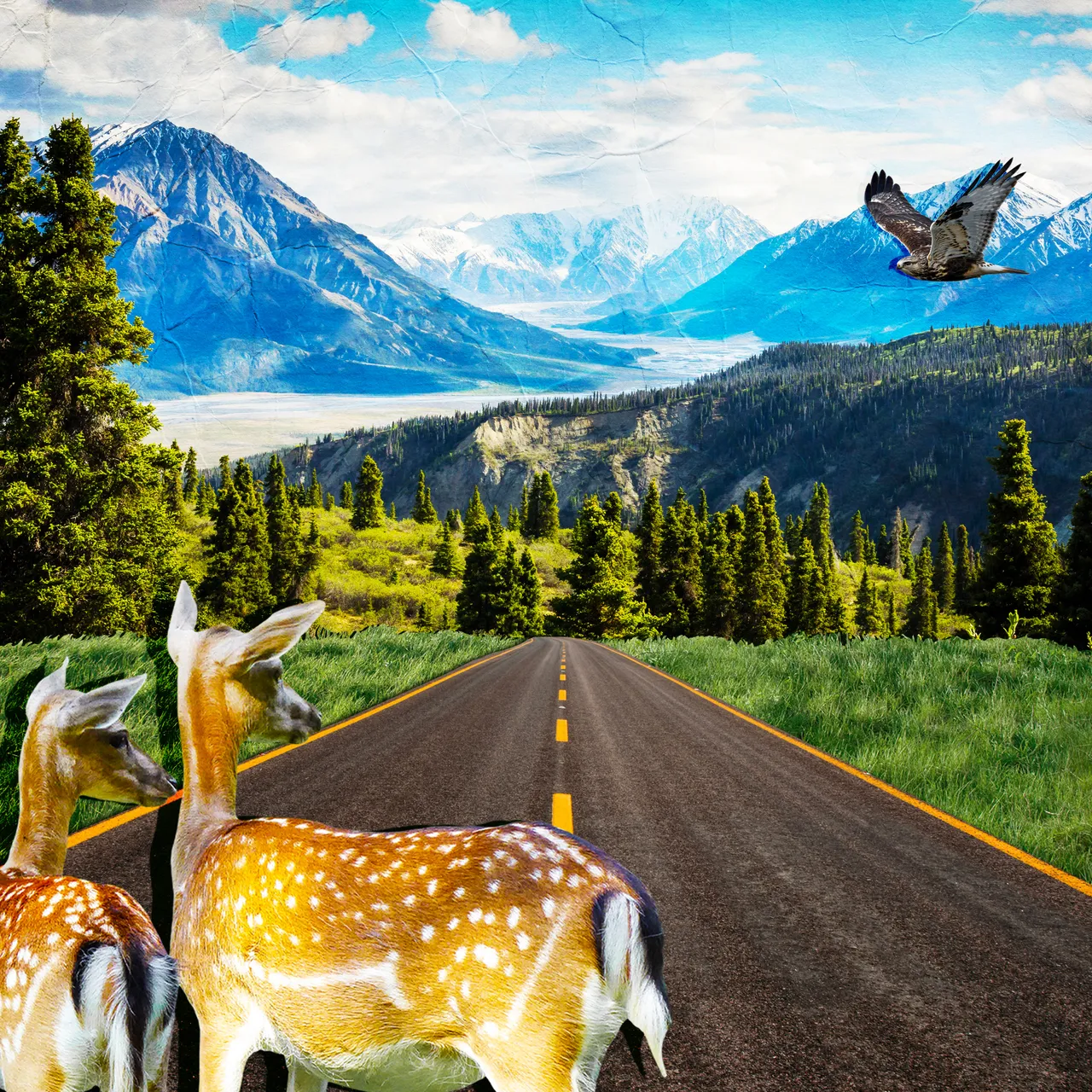
Roads Scholars
Meet a roadkill scientist and a journalist tracking how roads mess with nature and what we can do about it. For Earth Day, we’ll talk to reporter Ben Goldfarb about what’s being done to make the relationship between roads and lands more harmonious, and we’ll meet Fraser Shilling — a scientist at UC Davis who’ll tell us what he’s learned from his rigorous scholarly examination of... roadkill.
/https://tf-cmsv2-smithsonianmag-media.s3.amazonaws.com/filer_public/b3/d3/b3d397a0-d0c6-4031-a6e0-b850cb0904bc/smithmag-podcast-s02-ep04-eclipse_1.jpg)
Why We Love Eclipses
Eclipses have been a subject of fascination throughout human history, and the fact that we now have a clearer understanding of what they actually are—at least in the celestial mechanics sense—than we did in centuries past has not made them any less exciting. With the North American total solar eclipse just days away, and the next one visible from the contiguous United States not due until 2044, we’ll learn about the eclipses from astronomy obsessive (and Smithsonian science correspondent) Dan Falk and hear from Indigenous astronomer Samantha Doxtator about how the Haudenosaunee people have observed and interpreted these mysterious daylight darkenings of the skies over many centuries.
Page 2 of 4




